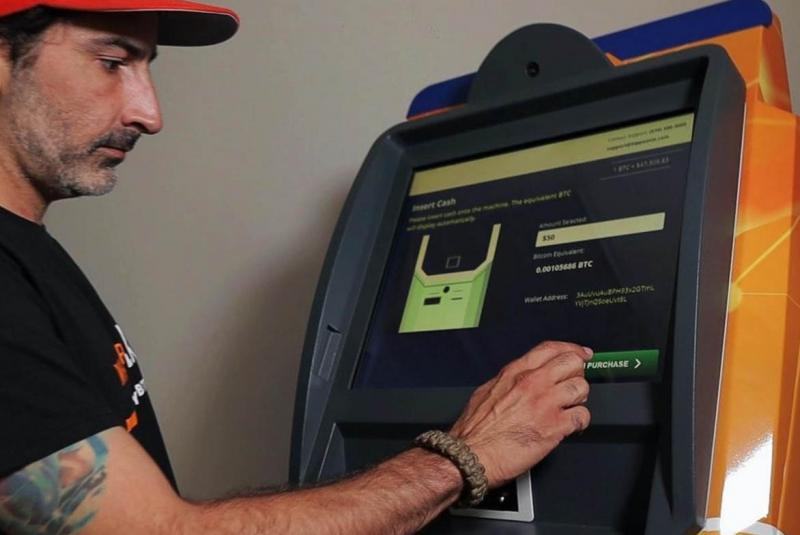
Cryptocurrencies in Canada – busting the myths
Cryptocurrency valuations have been showing quite a choppy performance so far in 2022, yet despite that, people all around the world continue to show interest in digital assets. As of late, a Bitcoin short-term recovery stalled amid geopolitical tensions in Europe, but overall, volatility remains high, which might be a good sign, especially for those who are actively engaged and want to take advantage of price movements.
One increasingly appealing market these days is Canada, a place where the use of cryptocurrencies has been growing over the last couple of years. However, Many Canadians are still deterred by these assets, missing out on their potential. Let’s try to bust a few myths about crypto in Canada.
Myth #1 There are no crypto ATMs in Canada
Critics point out that there are no ATMs dedicated to cryptocurrency transactions in the country. That is completely false, given that Localcoin launched the first ATM all the way back in 2017 in Markham, Ontario. Since then, more than 2,000 ATMs have been deployed, and people can exchange crypto to fiat and vice-versa, 24 hours a day.
Myth #2 Canadians are not interested in crypto
Basically, residents of Canada can use cryptocurrency as a payment system, regardless of whether it’s for buying products/services or sending money abroad. Canadians are generally open-minded about digital assets, and that’s basically why crypto has caught on so much over there.

Not only Canadian citizens and residents, though, have caught the crypto bug. Numerous new fintech companies have emerged, creating new technologies and facilitating the use of digital assets in the country. In the second half of 2021 alone, over 70 companies managed to raise $1.7 billion from venture capital investors, for crypto-related innovation. Analysts at Coinrise believe this to be a sign that the market can experience exponential growth over the next couple of years, assuming regulation remains favorable.
Lately, the Canadian government has had to activate emergency legislation in order to clamp down on protests related to pandemic restrictions. These did affect crypto transactions, albeit not significantly. Recently, AML (anti-money laundering) regulation became mandatory for Bitcoin and crypto transactions. This can be a step towards shaping the market so illicit activities are filtered out, thus raising the trust of Canadians in crypto.
Myth #3 Limited options to get involved in the market
This myth is also far from the truth, considering that Canada is one of the first countries to approve crypto-related ETFs. On top of using the traditional exchange platforms, users have a broad derivatives market at their disposal.
Another important and convenient choice is cryptocurrency trading. It can be done via providers such as Coinrise, headquartered in Canada and serving residents all across the nation, except for the province of Saskatchewan.
When trading crypto, users use derivatives such as CFDs, which track the exact price of the underlying asset (Bitcoin, Ethereum, Litecoin, XRP, Dash, Neo, etc.), this way, traders can both buy and sell-short, taking advantage solely of the price movements. As a result, any potential regulatory crackdown will have limited impact on such trading practices.









